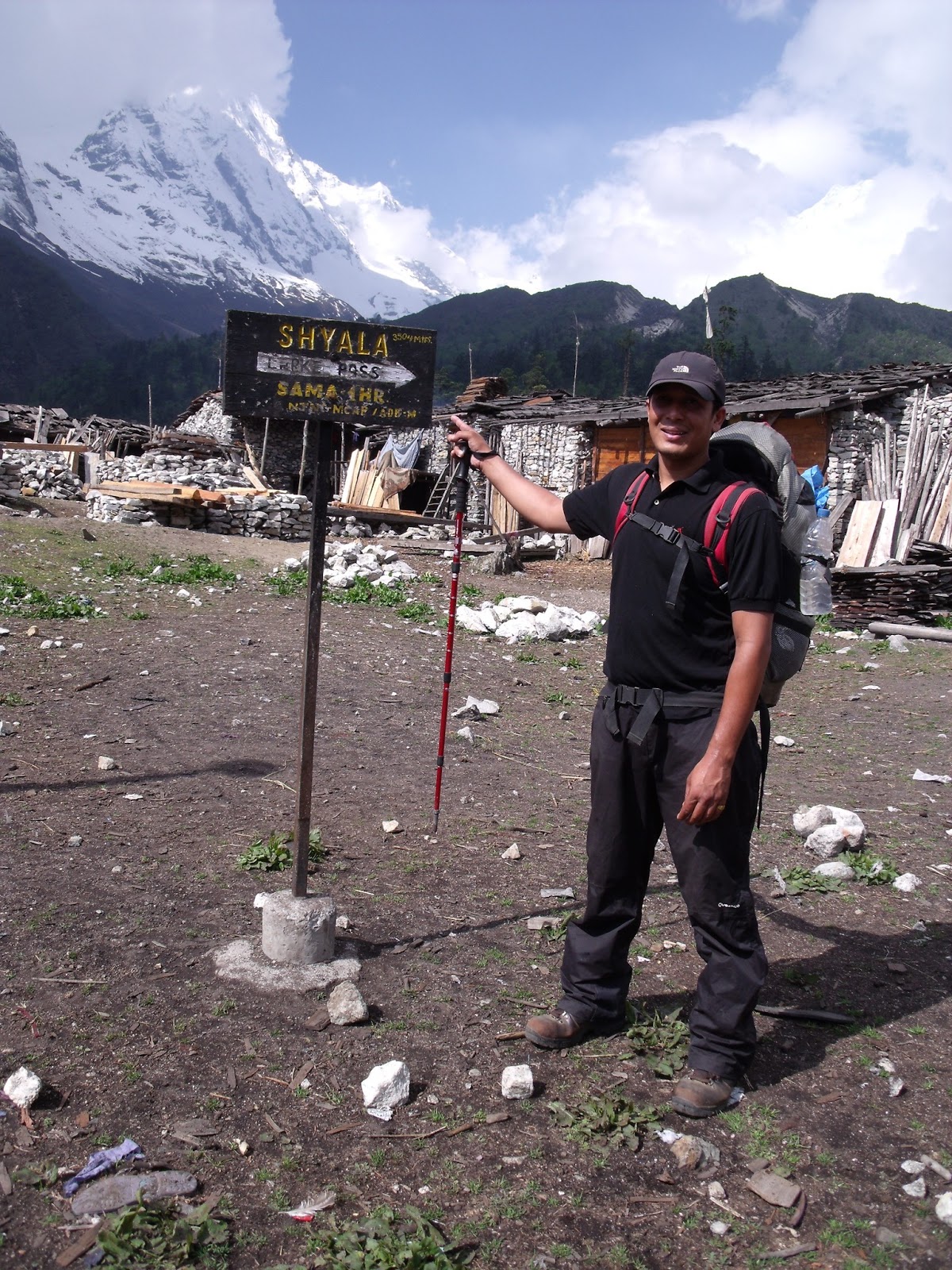Langtang is a region in Nepal to the north of Kathmandu and bordering Tibet. It is protected as Langtang National Park and has a number of high peaks including Langtang Lirung (7246m). As of 2012, the entrance ticket to the park cost 3000
Nepali Rupees which you must buy at the park entrance.TIMS are also available there:
you need to bring passport photos for foreigners.
About 4,500 people live
inside the park, and many more depend on it for timber and firewood. The
majority of the residents are Tamang.
The park contains a wide
variety of climatic zones, from subtropical to alpine. Approximately 25% of the
park is forested. Trees include the deciduous Oak and Maple, and evergreens like Pine, and various types of Rhododendron. Animal life includes Himalayan, the goat-like Himalayan tahr, Rhesus monkeys and Red Pandas. There are also stories of Yeti sightings.
The park contains the Gosainkunda lakes, sacred to Hindus. Pilgrimages are made there in
August. Another spiritual site is the Buddhist monastery Kyanjin Gompa.
Langtnag vellay trekking itinerary
01:
Drive Kathmandu to Dhunche (1,950m)
Day 02: Trek to Syabru Village (2087m)
Day 03: Trek to Lama hotel (2280)
Day 04: Trek to to Langtang
Day 05: Trek to Kyanjing gompa (3700m)
Day 06: Trek to Yala-Kyanjin Gompa (Rest Day)
Day 07: Trek to Lama Hotel
Day 08: Trek to Syabru Besi
Day 09: Drive Syabru Besi to Kathmandu
Day 02: Trek to Syabru Village (2087m)
Day 03: Trek to Lama hotel (2280)
Day 04: Trek to to Langtang
Day 05: Trek to Kyanjing gompa (3700m)
Day 06: Trek to Yala-Kyanjin Gompa (Rest Day)
Day 07: Trek to Lama Hotel
Day 08: Trek to Syabru Besi
Day 09: Drive Syabru Besi to Kathmandu
http://www.nepalguideinfo.com http://www.hikehimalayas.com



















